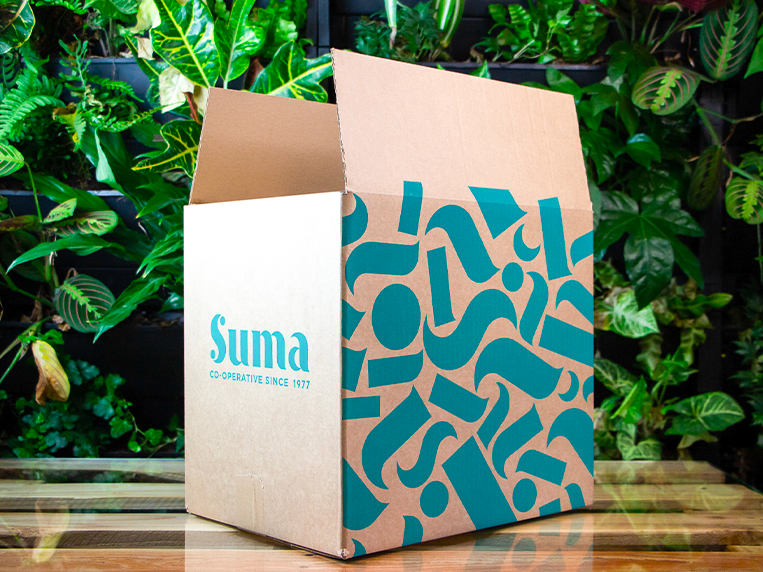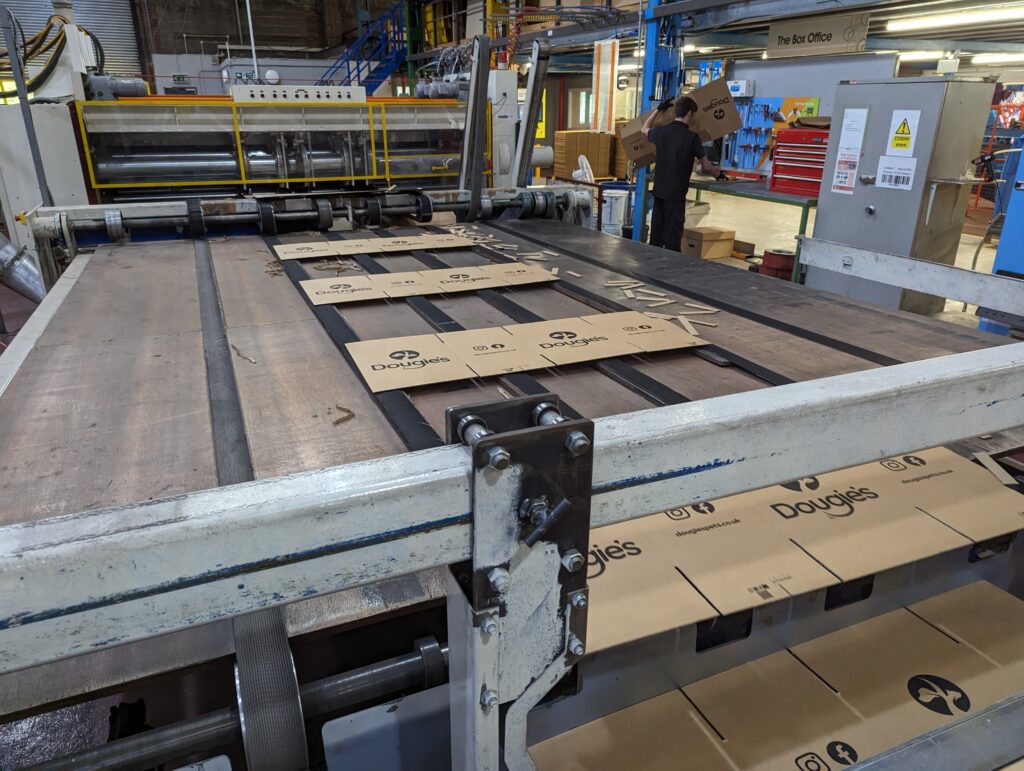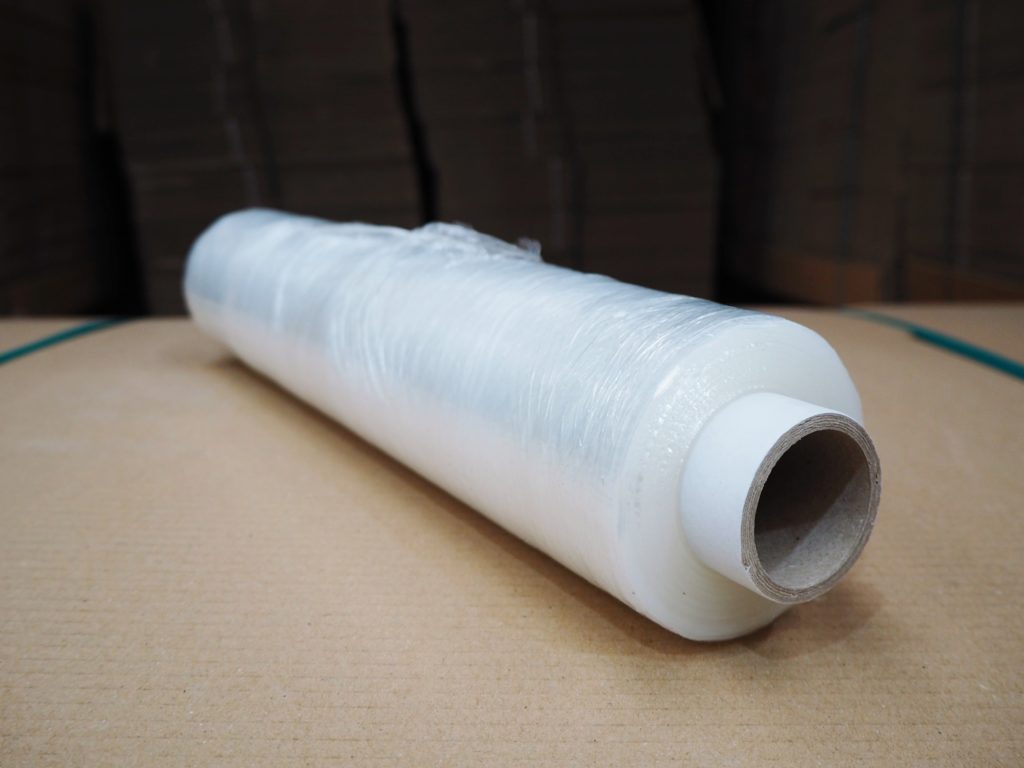How to Achieve Sustainable FMCG Packaging
How much did Brits spend on FMCG in the third quarter of 2023? An impressive £53.7bn. And in more promising news for the sector, just this January Deloitte reported that consumer confidence is ‘close to its highest level in five years’. Consumers are increasing how much they spend on essential and non-essential products and services. In fact, Q4 2024 was the third consecutive increase in net spending on discretionary (non-essential) goods, having otherwise been negative since Q3 2021.
If these stats are anything to go by, consumer demand for FMCG goods is bouncing back. (A positive sign for manufacturers, suppliers, and wholesalers alike!) Yet with increased demand comes increased focus on the sector’s environmental responsibilities. And, what FMCG is doing to become more sustainable.
Read on for:
- Sustainability legislation that’s affecting the FMCG sector
- How e-commerce is influencing the need for sustainable FMCG packaging
- Innovations empowering more alternative, sustainable packaging styles
Sustainable Packaging Legislation Affecting FMCG
The combination of consumer interest in the eco-credentials of goods they buy and where from, plus more sustainable packaging legislation, has spearheaded movement away from single-use, unrecyclable FMCG packaging. As of July 2024, 4,669 businesses were registered for the plastic packaging tax. They’re charged for plastic packaging that doesn’t contain at least 30% recycled plastic and is manufactured in, or imported into, the UK.
Likewise, this October sees extended producer responsibility (EPR) packaging fees come into play. Packaging made from materials that are easier to recycle, like glass, paper, and card, will have lower fees than materials that are harder to repurpose or reuse, like aluminium and plastic.
How is FMCG E-Commerce Changing?
Given both the financial and environmental implications of FMCG packaging that negatively affects the environment, it’s easy to understand why the sector’s making the switch towards sustainable materials. But there’s another factor at play. The rise of FMCG e-commerce.

A sustainable, bespoke box we manufactured for Suma Wholefoods
More businesses and consumers are ordering FMCG goods online. From confectionary and dry goods to toiletries and personal care items, it’s second nature to use website and apps to order (and reorder) direct from your preferred supplier or retailer. So, the interest in sustainable FMCG packaging spikes again. There are more touch points for those within the supply chain and those receiving the products, be that at the factory floor or house porch.
An Environmentally-Responsible FMCG Packaging Sector
A sustainable box is no longer a ‘nice to have’. It’s a necessity for FMCG manufacturers, suppliers, and wholesalers to thrive in a healthy but growingly competitive sector. Eco-friendly alternatives are just as good at fulfilling customer demand, if not better, thanks to more businesses and consumers prioritising partners whose sustainability aims and values align with their own.
Thankfully, it’s simple to get started. Innovation in the packaging industry means there’s hundreds of sustainable alternative materials to choose from to keep your FMCG goods fresh and protected as they move along the value chain. Whether that’s a simple switch from plastic outer boxes to ones made with 100% recyclable corrugated cardboard (which are also made from recycled board) or more intricate tweaks for printed, bespoke packaging designs, the world really is your oyster.
Game-Changing Sustainable FMCG Packaging Styles
At its core, sustainable FMCG packaging needs to be efficient to keep high volumes of goods moving along the supply chain at speed. Corrugated cardboard is a sustainable material that’s been around for centuries. But, the sector is only just beginning to realise its endless applications for new and legacy goods.
1. Freezer packaging
For instance, did you know corrugated cardboard can be engineered to withstand freezing conditions, without compromising strength? We manufacture sustainable freezer boxes made from cardboard for Dougie’s, a leading supplier of raw dog foods and proteins. Typically, the insides of freezer packages have a layer of shrink film to keep foods safe from spoilage and moisture. Though it’s good at its job, this film is really hard to recycle. Unlike the cardboard grade used in Dougie’s packaging! Made from at least 80% recycled materials and without any tricky-to-recycle shrink film, the corrugated packages that protect the pet food are proof the sustainable innovations our sector is making aren’t bound by temperature or application.

Sustainable FMCG packaging for Dougie’s raw dog foods and proteins
2. Glass bottle packaging
The popularity of glass bottling is on the rise, and for good reason. It’s an easily and fully recyclable material that’s expanding its footprint across the food and beverage, beauty and personal care sectors. Yet the sustainable nature of glass shouldn’t start and stop with the material. It should be present throughout its entire value chain.
You can replace packaging fillers and fitments, like plastic wires and bubblewrap, with cardboard alternatives, too. Our designers produce corrugated fillers and fittings to hold delicate and breakable products (like glass bottles) in place, which don’t reach end of life after a single use. These cardboard inners can be recycled, if not reused or repurposed, supporting a more circular FMCG economy.
3. Transit packaging
From the inside of a package to the outside, and it’s time to focus on prepping your pallets of products for transport. Sustainable palletwrap is one of our go-to materials to make immediate improvements to an FMCG’s customers’ packaging. A single roll of this fully recyclable film yields up to 300% of the original length and minimises width loss. So, we use far less plastic in each pallet we wrap for customers compared to traditional films.

Sustainable palletwrap
The sustainable pallet wrap is made from at least 30% PCW recycled waste, too, so it’s exempt from UK and EU plastic packaging taxes. You’re saving cost and making the packaging process more efficient. What’s not to love?
Find Your Sustainable Sweet Spot
To learn more about improving the sustainability of your FMCG products’ packaging, speak with our specialist team.




